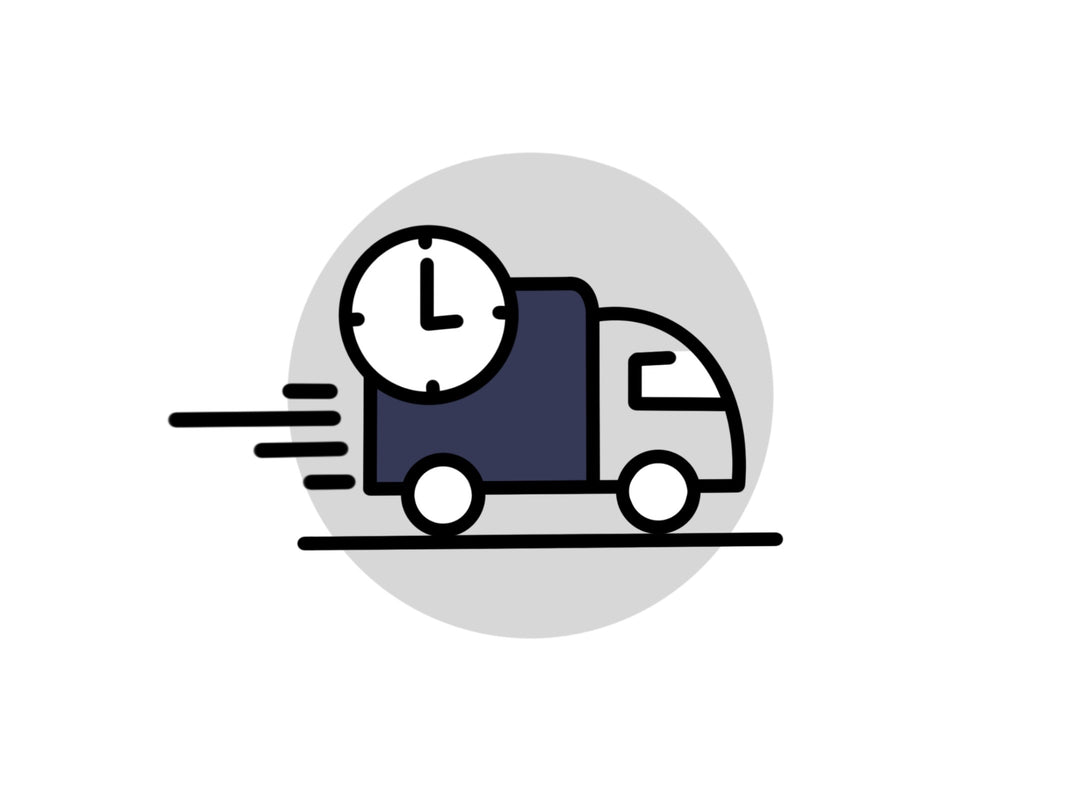How to Make a Topponcino [DOWNLOAD]

As an Amazon Associate we may earn from qualifying purchases.
Are you interested in making your own topponcino?
If so, you have definitely come to the right spot.
We at The Topponcino Company have been perfecting the topponcino for years and want the entire world to experience its benefits.
If you have the skill and time to create your own, we highly recommend it as it can be a lot of fun and extremely rewarding.
On the other hand, if you don’t have the time right now or the skills yet, no worries, you can buy one here and we will ship it to you within 24 hours.
Let’s get started with how to make your own topponcino...

Topponcino Material Basics
A topponcino should be handcrafted with the highest quality, natural, and eco-friendly materials. It should be constructed with the utmost attention to detail to ensure the best for you and your new baby.
Like your personal, adult sleeping pillow, traditional topponcinos have an insert pillow and a separate, removable cover.

Unlike your pillow though, the inserts are thin and mat-like, so they can be easily held, rolled, wrapped, and carried. The covers need to be durable, yet soft. They need to be cozy for your new baby while still withstanding many washes, different surfaces, and multiple hands.
Here is some more detailed information on each part:
Covers

Although high-contrast patterns are good for infant development, the topponcino is best made in soft, soothing shades of solid colors like white, cream, or grey.
This ensures your baby’s new environment is relaxing and calm, as patterns could distract from the comforting and soothing emotional support provided by the topponcino.
We recommend looking into purchasing high-quality, high-thread-count material for your covers. A material like twill or denim is best. Be careful though as some of these woven materials sacrifice softness for durability. For example, work pants that construction workers wear would need to be durable, but would lack the softness necessary for a newborn.

We’ve manufactured our own cotton twill material that is finely-brushed right before the covers are sewn together. This literally removes small pieces of lint from the material’s surface, ultimately resulting in a smooth finish. This means we can provide babies with the durability of twill, but with an extremely soft feel.
If you are making your own, you can find similar twill at a fabric store with a bit of searching.
Check out our topponcino covers for reference ->
Inserts
Traditional topponcino inserts are made with multiple layers of cotton batting, covered in sturdy cotton muslin.
The multiple layers of batting provide softness without the safety risk of being “plush.” There is a fine line between a topponcino being too hard, which would not provide your baby enough comfort, and a topponcino that is too soft, which would not provide enough support.

The layering system also traps heat and your family’s personal smells. The consistent temperature and smell allows your baby to feel comfortable in any environment, whether being held by a non-family member, laying on the floor looking at a mobile, or being transferred from surface to surface.
We recommend using 100% cotton batting held together with 100% cotton scrim. This means there will be no man-made polyester. Make sure to read our article about the importance of natural baby products.

Babies have incredibly soft and delicate skin, as well as developing lungs which are extremely susceptible to the toxins in the fabrics that surround them.
After hundreds of samples and tests, we found the perfect combination to maintain the utmost comfort, support, and safety of the topponcino is seven layers of all cotton, needle-punched quilters batting.
Our Material Recommendations:
-
Cotton batting for insert layers (Amazon)
-
Cotton muslin for insert cover (Joanns)
-
Cotton twill for cover (Amazon)
Check out our topponcinos for reference ->
Important Measurements
Following the guidelines laid out by the official Montessori Assistants to Infancy course, the ideal topponcino is sewn into a rectangular with heavily rounded corners.
It should measure 26 inches in length, 17 inches in width, and 1 inch in thickness (26"x17"x1", or 66cm x 43cm x 2.5cm.)

The rounded shape allows the pillow to envelop (or taco) your baby while supporting the head, neck, and body, but without the risk of square corners covering the infant’s face. Make sure to have some straight edges on the side (i.e. not a complete oval.) These straight edges help with gripping the topponcino and moving your baby.
The length and width provide enough space to fit your entire infant’s body, without excess fabric to overwhelm the baby.
This creates the ideal combination of coziness and support.
Topponcino DIY Guidelines
At The Topponcino Company, we use large, professional sewing machines that can sew through the multiple layers quickly, cleanly, and with a special stitching that will hold together forever.
Since we are not specialists in at-home projects, we want to point you in the direction of a few Montessori bloggers that have spent the time to create robust DYI topponcino articles.
We have tried a few and it usually takes between 2-3 hours if you know sewing basics and have the correct tools at home. It costs around $30-50 depending on your desired material quality.
Here are a few great articles with specifics on how to make a topponcino at home:

Conclusion
Our goal is for every family to experience the benefits of a topponcino. Whether you make your own or purchase one from us, we hope that you and your baby have an amazing experience. Please contact us if you have any questions at all.
We would also love to see photos of your own topponcino creations so please tag us on social media @topponcinoco!
Want to learn more? Check out our other Guides & Articles ->












